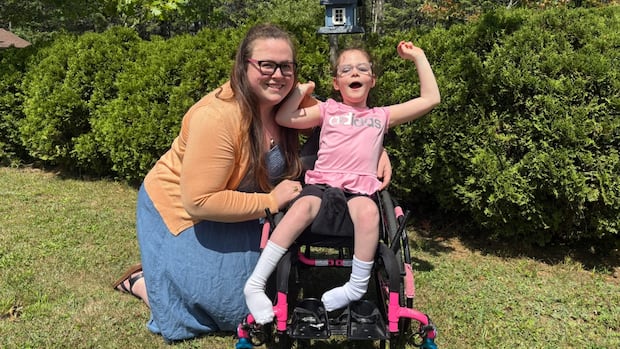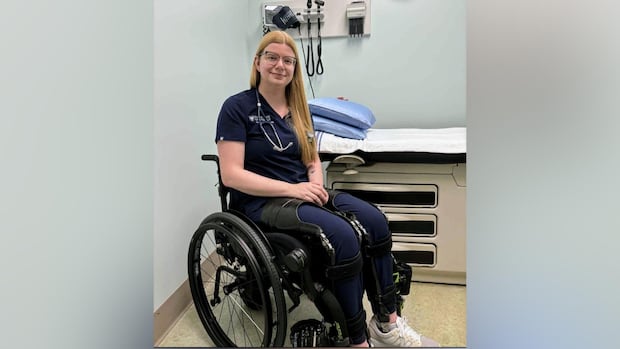The jury in a British Columbia coroner’s inquest into the overdose death of a University of Victoria student has recommended a raft of measures for government, schools and B.C.’s emergency dispatch system.
Key among the five-person jury’s recommendations released late Thursday morning were boosting education around safe drug use, making sure campus buildings were clearly addressed and stocked with emergency equipment, and updated protocols for campus security and 911 calls.
Sidney McIntyre-Starko, 18, died in January 2024 after snorting fentanyl in her UVic student residence with two dorm-mates.
The coroner’s inquest into her death, which began May 5, heard that despite two of the three students falling unconscious and turning blue, campus security officers with first aid and naloxone training didn’t administer the opioid-reversing drug until nine minutes after they arrived, and didn’t start CPR for another three minutes after that.
The 911 call also faced scrutiny during the inquest, starting with the B.C. Ambulance call-taker taking the first 3 ½ minutes of the emergency call to determine the location of the Sir Arthur Currie student residence on campus.
A coroner’s inquest into the overdose death of 18-year-old UVic student Sidney McIntyre-Starko released its findings Thursday. The inquest jury is calling for action at numerous levels, from government ministries and the university to 911 dispatchers. Karin Larsen has the details.
Lifesaving first aid was also delayed because the student who called 911 did not immediately reveal to the 911 operator or to campus security that she and her friends had taken drugs. That student told the inquest it was because she was afraid of getting in trouble.
The inquest also heard testimony about the software used by the 911 operator. With the two unconscious students reported as turning blue and having seizures, the software put the 911 operator into the system’s seizure protocol, which directed the 911 operator to ask if the unconscious students were pregnant or had brain tumours, among other conditions.
The inquest heard from an American expert in emergency medicine who is of the opinion that a simplified emergency response known as “no-no-go” can lead to better, quicker emergency responses and better outcomes for people in cardiac arrest, like McIntyre-Starko.
Since B.C. declared toxic drugs a public health emergency in 2016, over 16,000 people have died of overdoses.
The B.C. Coroners Service says unregulated drug toxicity is the leading cause of death in the province for persons aged 10 to 59, accounting for more deaths than homicides, suicides, accidents and natural causes combined.
Coroners’ inquests do not assign blame but are public inquiries that aim to determine the circumstances surrounding a death.








